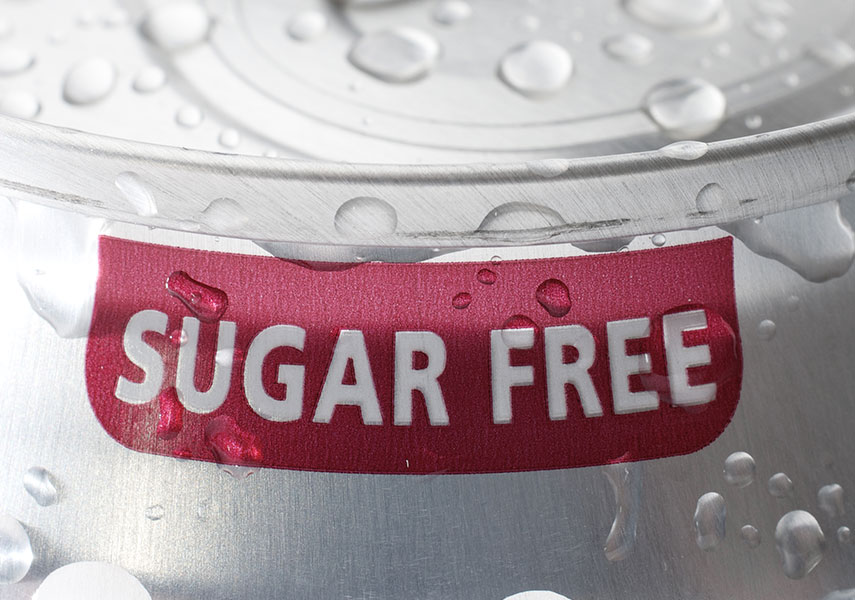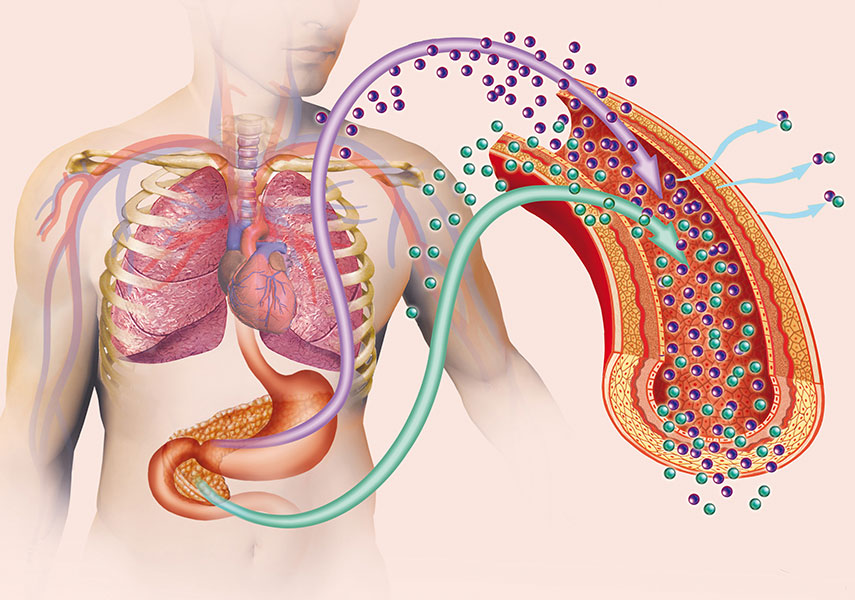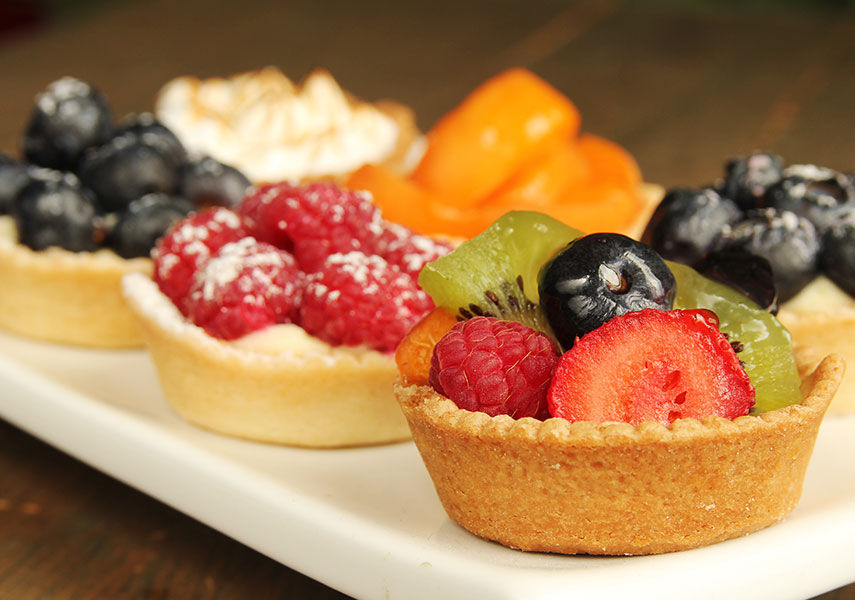
Aug 16, 2017 | Everyday Wellness, Recipes for Relief
Hundreds and hundreds of delicious foods are now available to keep diabetics on track with their eating habits. Twenty-five years ago when Hunter became a diabetic, my “go to” foods had to be eliminated: NO potatoes, NO white rice, NO white bread, NO pasta, NO ice cream, NO brownies, NO pies. Everything good: GONE. Since then, I’ve learned that hundreds and hundreds of delicious foods are now available to keep diabetics on track with their eating habits. Here’s a few tips for buying diet-friendly foods I’ve learned along the way. WARNING: Just because a product is labeled “sugar-free” does not necessarily mean it’s good for you. Also: Just because its label reads “low fat” or “no fat” or “fat free,” it does not necessarily mean it’s okay for your consumption. When fat is removed, sugar is added. READ THE LABELS. First and most important to me is the carbohydrate number. If it is 20 grams…

Aug 16, 2017 | Everyday Wellness
What if I said, “How are you?” You might respond, “I’m fine, thank you.” If I said, “¿Como estás?” You might respond, “Muy bién, grácias.” What if I said “Guten Tag” or “A salam alaikum”? You might be confused. Well, that’s a lot like what happens when you have diabetes. Your pancreas and liver are no longer having a productive conversation. It’s like they are no longer speaking in the same language. We know how the pancreas communicates, and we know that the liver will respond appropriately when it hears the right signals. Yet when traditional therapy treats diabetes, insulin is given in a way that doesn’t appropriately signal the liver. Diabetes Relief’s therapy restores that communication. Once these two organs get back on the same page, we start to appreciate that it wasn’t that the patient had become “insulin resistant;” it’s more like the pancreas stopped speaking to the liver in a way the…

Aug 16, 2017 | Everyday Wellness, Recipes for Relief
Antibiotics are over-prescribed, and rarely do doctors tell patients to counteract them with probiotics. Think of what those two terms mean: antibiotic = against life; probiotic = for life. Antibiotics have their place, and they have surely saved many lives, but we must replace the “good bacteria” so we can be protected. Derrick DeSilva Jr., M.D., of the Tertiary Facility, JFK Medical Center (NJ), recommends that we take probiotics twice a day. He developed the formulation for the BioTE probiotic supplements we carry at Diabetes Relief, which are in an acid-stable capsule that will not break up in the stomach, and—even better—the capsule will not open until it reaches the intestine. Probiotics strengthen our immune system, aid in digestion and elimination, and make B vitamins in our gut. Babies get their “good bacteria” from the birth canal, which is where colonization starts. Babies who are born through C-section will have colds, flu, etc., far…

Aug 16, 2017 | Everyday Wellness, Recipes for Relief
Who’s not on a diet these days? We’re all trying to lose weight, aren’t we? Here are some diet killers we should avoid. (Always read the labels.) • “No sugar added” jams, pies, and juices. They are already drowning in sugar. • Any food containing any type of sugar (cane sugar, natural sugar, date sugar, organic sugar, or various syrups). Consume in moderation! • Flavored waters or sport drinks are full of sugar and sweeteners that are bad for weight loss. Drink water! • Canned vegetable and fruit juices have lots of sugar. • Skim-milk and soy-milk lattes or frappuccinos have more sugar than the whole-milk versions. Opt for almond milk if you’re staying dairy-free. • Cereals, breads, and crackers might contain sugar. • Foods labeled low-fat, fat-free, no sugar, or no cholesterol are code words for “high sugar” or sweet taste. • Diet sodas have been proven to raise insulin…




